Are you tired of high energy bills and not sure if the cooling tips you've heard actually work? Many homeowners follow advice about their forced air cooling system that does more harm than good.
From thermostat settings to vent control, popular beliefs often lead to higher costs, reduced efficiency, and even system damage.
One common myth is that bigger units cool faster. In reality, oversized systems waste energy by short cycling. Another mistake is closing vents in unused rooms, which doesn’t redirect air, but instead creates pressure imbalances that strain your system.
According to the U.S. Department of Energy, heating and cooling account for about 50% of the average home’s energy use, making HVAC efficiency one of the most important factors in controlling monthly bills.
For an overview of professional strategies and services to keep your system running efficiently, check out this guide to HVAC cooling options.
In this article, you'll learn which forced air cooling myths to stop believing, and what actually saves money, energy, and comfort in 2025.
You can count on the topics:
- Understanding forced air cooling systems
- Common myths about forced air cooling and energy savings
- What actually saves you money with forced air cooling
- Professional support and troubleshooting
Understanding forced air cooling systems
Forced air cooling systems move air through your home to maintain comfortable temperatures. These systems rely on basic principles of heat transfer and airflow to efficiently cool indoor spaces. Understanding how they work helps you operate them smarter and prevent unnecessary costs.
How forced air cooling works
Forced air cooling uses a mechanical system to circulate cooled air throughout your home. The process begins when warm air from your home is pulled into return vents. This air passes over cold evaporator coils containing refrigerant, which absorbs the heat from the air.
The newly cooled air is then pushed by a blower through a network of ducts and out through supply vents in your rooms. This creates a continuous cycle of air circulation. As warm air is removed and cool air is distributed, your home's temperature gradually decreases.
The system relies on principles of heat transfer, specifically that heat naturally moves from warmer objects to cooler ones. In this case, the warm air transfers its heat to the cold refrigerant.
Key components of a forced air system
A typical forced air cooling system includes several parts:
- Air conditioner or heat pump: the outdoor unit that removes heat from your home
- Evaporator coil: located indoors, it cools the air passing over it
- Air handler or blower: forces air through the system
- Ductwork: the pathways that distribute air throughout your home
- Vents and registers: allow air to enter and exit rooms
- Thermostat: controls when the system runs based on temperature settings
- Air filter: removes particles from air before conditioning
Each component plays a crucial role in the system's performance and efficiency. Regular forced air cooling system maintenance ensures these parts work together smoothly and extends the lifespan of your system.
Comparing forced air cooling and forced air heating
Forced air cooling and heating systems share many similarities but function in opposite ways. Both use the same ductwork and blower to move air throughout your home.
The main difference lies in how they treat the air. Cooling systems remove heat from indoor air, while heating systems add it. Many homes rely on a combined HVAC system that provides both heating and cooling functions.
During colder months, the furnace or heat pump warms the air before distribution. In summer, the air conditioner absorbs heat from your home and releases it outdoors.
While both systems are efficient, cooling typically requires more energy since it works against natural heat flow, whereas heating aligns with it.
Common myths about forced air cooling and energy savings
Many homeowners waste money on cooling costs because of widespread misconceptions about how forced air cooling systems actually work. These myths not only fail to save energy but can sometimes increase your electric bill—and even shorten the lifespan of your system.
Myth: Lower thermostat settings always save more money
Setting your thermostat extremely low doesn’t cool your home faster. Your AC operates at a constant rate, regardless of the temperature you set, it simply runs longer when the setting is lower.
If you set the thermostat to 65°F instead of 72°F, your system won’t speed up. It will just continue running until it reaches that lower temperature, consuming more energy in the process.
The U.S. Department of Energy recommends setting your thermostat to 78°F while you're home for maximum efficiency. Each degree below this can raise your energy use by 3–5%.
Smart cooling strategies include:
- Using programmable thermostats to automate temperature changes
- Avoiding extreme temperature jumps
- Maintaining a small difference between indoor and outdoor temps
- Professional support and troubleshooting
Myth: Closing vents in unused rooms is effective
It might seem logical to close vents in rooms you’re not using, but this strategy can backfire. Forced air systems are designed to deliver air to a specific number of vents. Closing them creates pressure imbalances that make your system work harder.
This can lead to:
- Duct leaks from increased pressure
- Reduced system efficiency
- Potential blower motor strain
- Uneven cooling throughout your home
According to Southern Living, closing vents can actually increase energy costs and even shorten your HVAC system’s lifespan due to added strain.
Instead of closing vents, consider investing in a zoned HVAC system that allows separate temperature control for different areas of your home.
Myth: Bigger systems are always better
Bigger isn’t always better when it comes to air conditioning. Oversized systems tend to short cycle, they cool the home too quickly and shut off before removing enough humidity.
That leads to:
- Higher energy bills
- Increased component wear and tear
- Shortened system lifespan
- Inconsistent indoor temperatures
According to Better Homes & Gardens, incorrectly sized air conditioners can cost you more over time in energy bills and repairs. Choosing the right size ensures better humidity control and consistent cooling.
Correct sizing is critical. Professionals perform load calculations that factor in square footage, insulation, windows, orientation, and climate. This ensures your system runs efficiently and consistently.
Myth: Running ceiling fans cools a room
Ceiling fans create airflow that makes you feel cooler, but they don’t actually lower room temperature. Leaving them on in unoccupied rooms only wastes electricity.
Still, when used correctly, fans can:
- Help you raise the thermostat by 4°F without losing comfort
- Improve circulation and reduce hot spots
- Create a wind-chill effect that enhances perceived cooling
Don't forget seasonal fan direction, set them counterclockwise in summer to push cool air down.
According to American Standard, raising your thermostat by 4°F while using a ceiling fan can help maintain comfort and reduce cooling costs.
For best results, combine ceiling fans with regular AC care. If it’s been a while since your last system cleaning, check out how to properly clean your forced-air HVAC system for step-by-step guidance.
What actually saves you money with forced air cooling
Instead of chasing myths, there are proven strategies that actually reduce your cooling costs while maintaining comfort. These methods focus on system efficiency, regular maintenance, and smart usage patterns, delivering real forced air cooling system benefits.
Improving energy efficiency
Upgrading to an energy-efficient air conditioner can reduce cooling costs by 20–40%, according to the U.S. Department of Energy. Look for systems with a high SEER (Seasonal Energy Efficiency Ratio), the higher the number, the more efficient the unit.
Smart thermostats are another powerful tool. These devices learn your patterns and preferences, automatically adjusting temperature settings to maximize comfort and minimize waste. Many models allow remote control via smartphone apps, adding flexibility to your routine.
Proper home insulation is also critical. Even the most advanced cooling systems can’t perform well in poorly insulated spaces. Focus on improving attic insulation first, since heat naturally rises and often enters the home from above.
Ceiling fans don’t cool the air, but they help circulate it. They create a wind-chill effect that lets you raise your thermostat setting by about 4°F without sacrificing comfort, leading to noticeable energy savings.
Effective routine maintenance
Annual maintenance is essential for any forced air cooling system to operate efficiently and avoid costly breakdowns. A professional tune-up typically includes:
- Cleaning or replacing air filters
- Checking refrigerant levels
- Inspecting electrical components
- Cleaning condenser coils
- Lubricating moving parts
Between professional visits, replace air filters every 1–3 months, especially during heavy use. Dirty filters reduce airflow and force your system to work harder, increasing energy use and wear.
Don’t forget about your outdoor unit. Keep it clear of leaves, branches, and debris. Maintain at least two feet of clearance around the condenser to ensure airflow.
Optimizing airflow and duct sealing
Improving airflow and sealing your ductwork are some of the most impactful upgrades you can make to your forced air cooling system. Leaky or poorly insulated ducts reduce efficiency and compromise comfort, especially in older homes.
Even minor duct leaks can result in major energy loss. Cool air escapes before it reaches your living space, forcing your system to work longer and harder than necessary.
According to ENERGY STAR, homes can lose up to 30% of their conditioned air due to duct leaks and poor sealing.
Here’s how to improve performance:
- Seal leaks using mastic sealant or foil tape (never standard duct tape)
- Insulate ducts in unconditioned spaces like attics or crawlspaces
- Keep vents and returns clear of furniture, curtains, or rugs
- Schedule professional duct inspections every few years or if you notice uneven cooling, rising bills, or visible dust buildup
These adjustments can significantly boost system performance, reduce wear on components, and lower your monthly energy costs.
Zone Temperature Control Strategies
Zone control systems divide your home into distinct areas with separate temperature settings. This targeted approach prevents energy waste by cooling only occupied areas to comfort levels, instead of maintaining uniform temperature throughout the entire house.
Multi-zone systems use dampers in ductwork to direct airflow where needed. Each zone has its own thermostat, allowing precise temperature control based on usage patterns and preferences. This is especially useful in larger homes where different rooms experience different heat loads throughout the day.
For homes without a built-in zoning system, similar results can be achieved through practical strategies like keeping interior doors closed, adjusting vents slightly in different rooms, or using ceiling fans to support your forced air cooling system’s performance.
Regardless of your setup, zoning is a powerful way to reduce system strain and enhance comfort where and when it matters mos
Professional support and troubleshooting
While DIY maintenance can solve many basic problems, professional support is essential when your forced air cooling system shows signs of serious wear, inefficiency, or failure. Skilled technicians can diagnose issues early, prevent damage, and extend the life of your system.
When to repair or replace forced air equipment
If your system is leaking, making strange noises, or struggling to maintain comfort, it’s time to call an HVAC professional. Some signs indicate deeper mechanical or electrical problems that could get worse without intervention.
Common red flags include:
- Inconsistent temperatures throughout the home
- A yellow pilot light (on gas furnaces), which can indicate carbon monoxide
- Frequent cycling on and off
- Unusual noises such as banging, buzzing, or whistling
A trusted contractor can assess your system’s age, efficiency rating, and repair history to help you decide whether repair or replacement is the smarter investment.
Benefits of yearly tune-ups
Annual tune-ups keep your cooling system operating efficiently and reliably, especially during summer peaks. Professional maintenance usually includes:
- Cleaning the system
- Checking electrical and refrigerant components
- Verifying airflow and blower operation
- Testing thermostat calibration
- Inspecting key parts for wear
Routine inspections often catch small issues before they turn into costly repairs. Some warranties even require documented maintenance to remain valid.
Smart thermostats can also assist by alerting you to unusual patterns that signal performance problems. When in doubt, don’t delay, early intervention is always more cost-effective than emergency repairs.
Preventing and addressing common problems
Taking a proactive approach to system care can help you avoid costly breakdowns and keep your forced air cooling system running smoothly year-round. Many small issues can escalate quickly if ignored, especially during extreme weather conditions.
Start with consistent filter changes. Set a reminder to inspect and replace your air filters every 1–3 months, depending on your filter type, local air quality, and whether you have pets. Clean filters improve airflow, protect your system’s internal components, and boost energy efficiency.
To prevent frozen pipes during cold snaps, keep your furnace in good condition, allow faucets to drip slightly, open cabinet doors to circulate warm air, and insulate exposed pipes in unheated areas. These simple steps can prevent both water damage and unnecessary emergency calls.
Unusual noises such as rattling, buzzing, or whistling may indicate loose components or airflow issues. Securing access panels and ensuring ducts are properly sealed can reduce operating noise and prevent system strain.
Create a seasonal maintenance schedule with your HVAC contractor to stay ahead of wear and tear. Many providers offer annual service plans that include priority appointments and discounts on repairs.
Smart thermostats can also help monitor performance trends and alert you to subtle changes, giving you time to act before small issues turn into major failures.
Conclusion
Forced air cooling systems are powerful, efficient tools for maintaining comfort in your home, but only when they’re used and maintained correctly. Misconceptions like oversized units, closed vents, or extreme thermostat settings can drive up energy costs and reduce system performance over time.
By understanding how your system truly works, applying smart usage strategies, and investing in regular maintenance, you can lower your energy bills, extend equipment lifespan, and enjoy consistent, balanced comfort.
To get the most from your cooling system, visit tcmemt.com and schedule a professional evaluation with our HVAC experts.

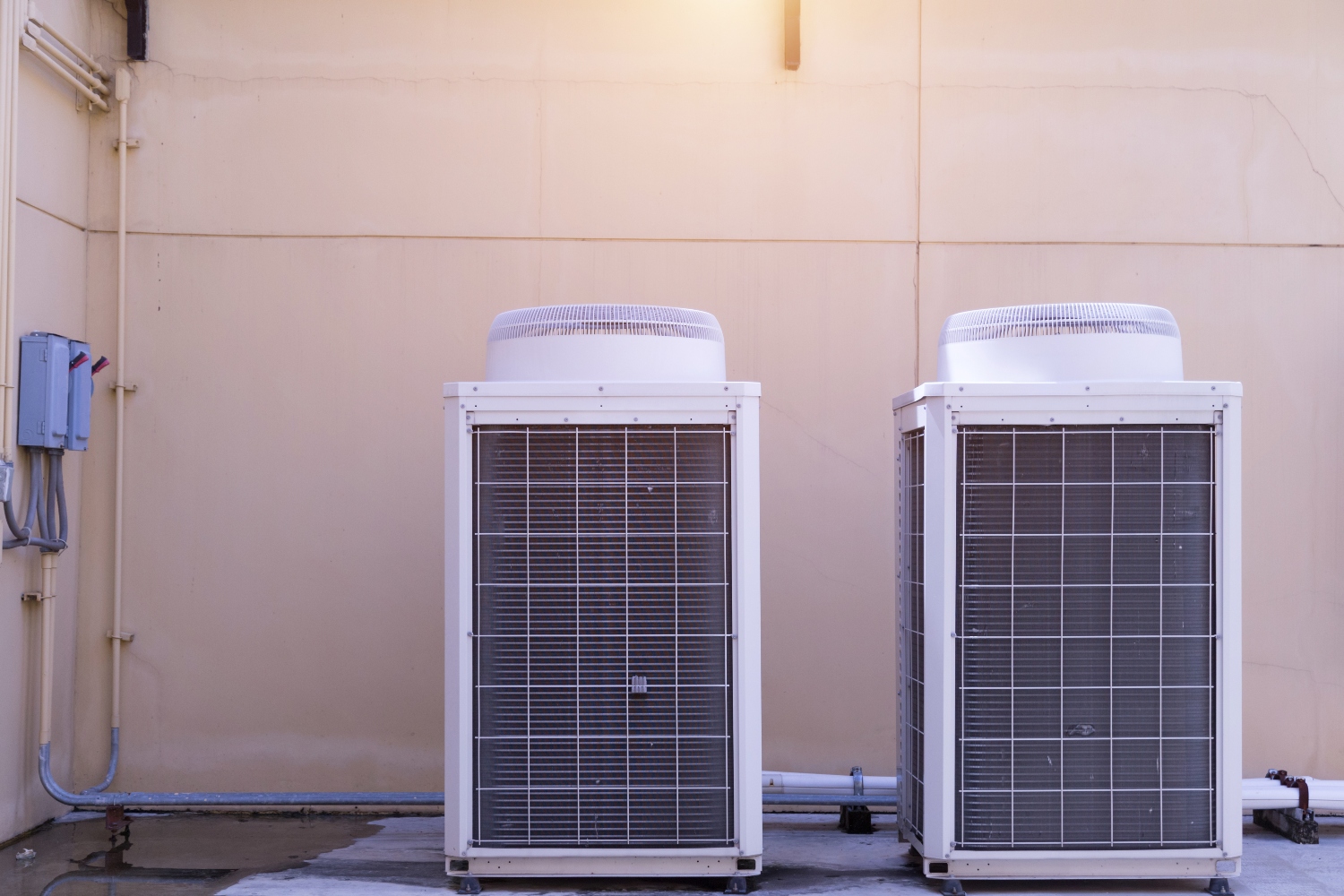
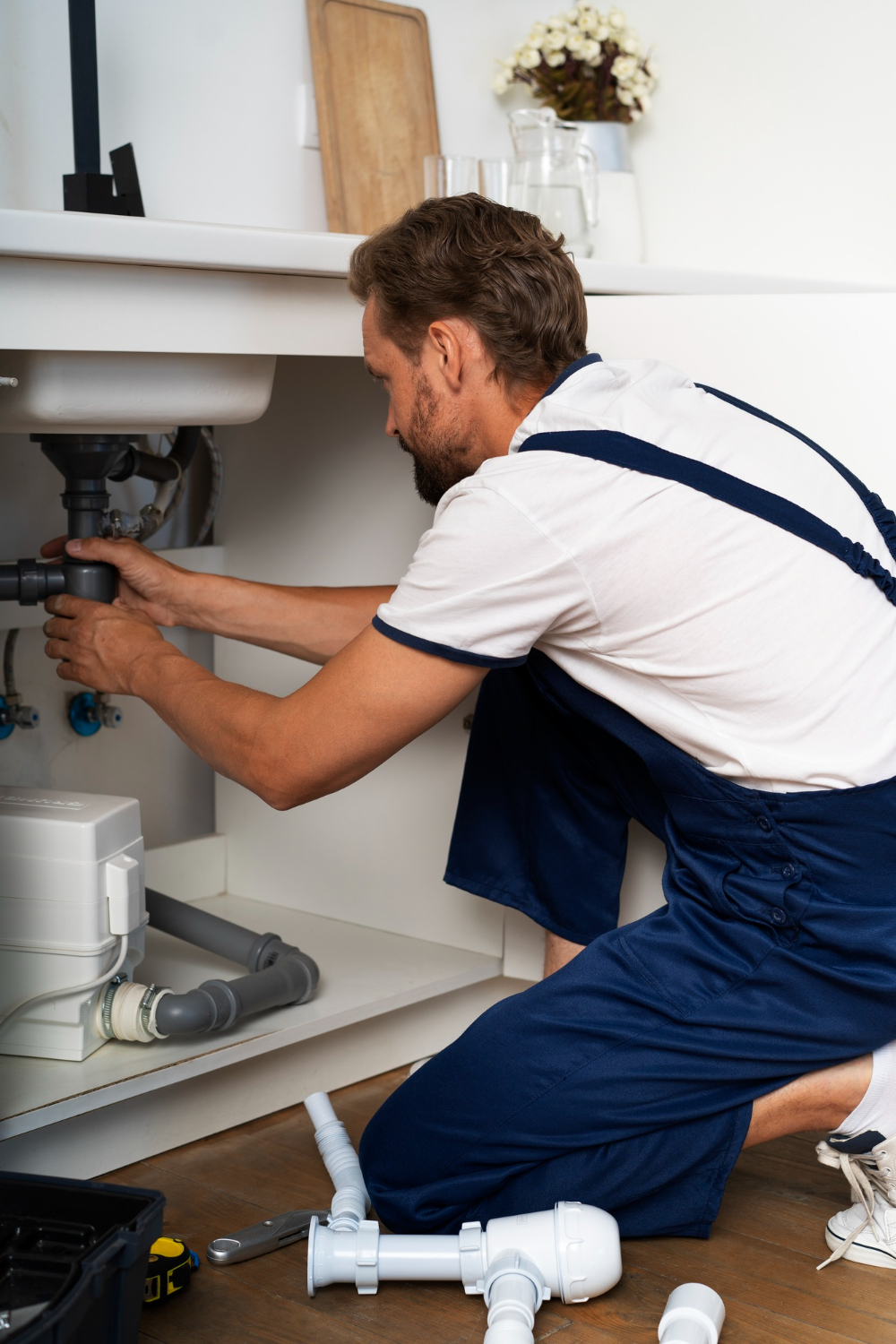
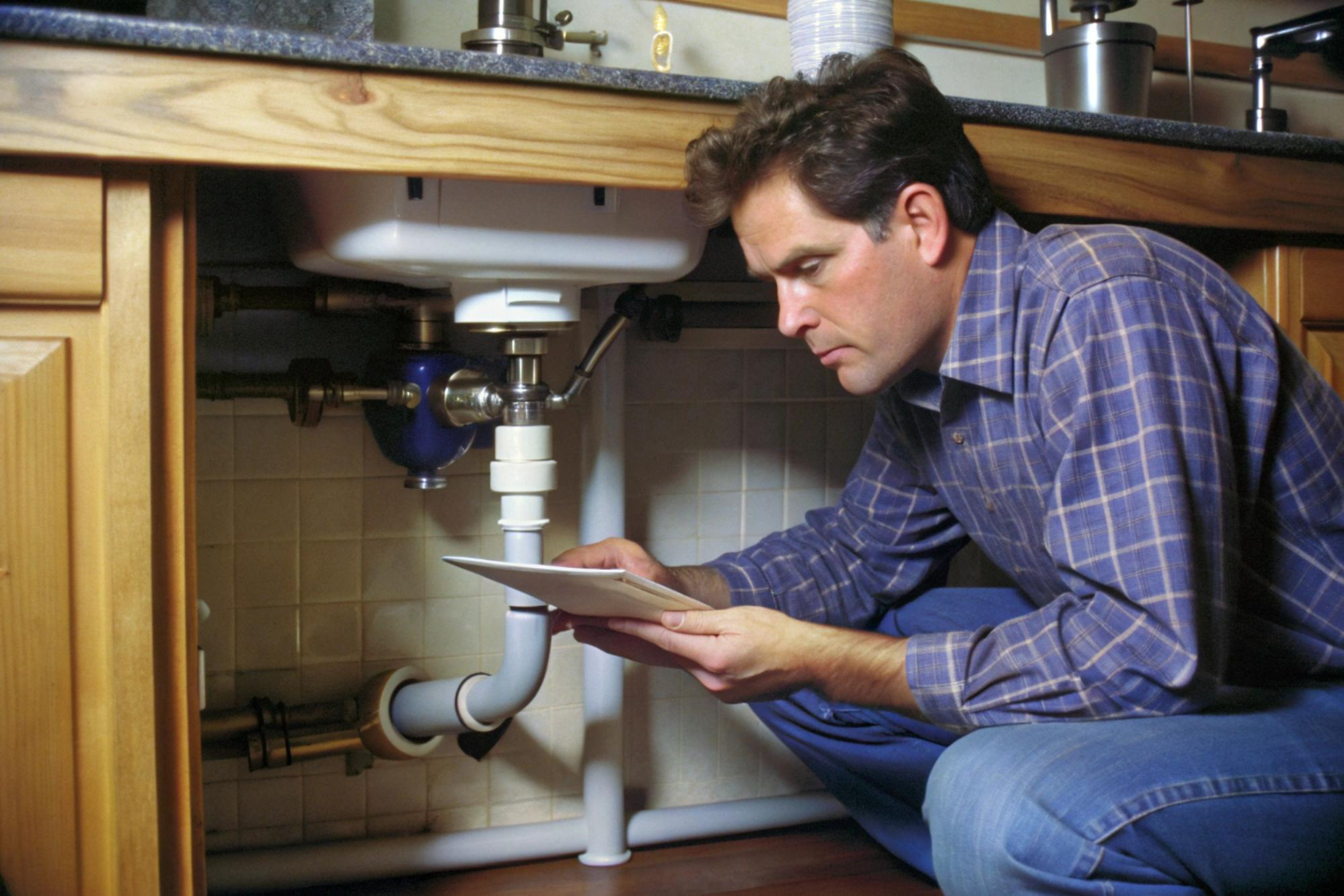
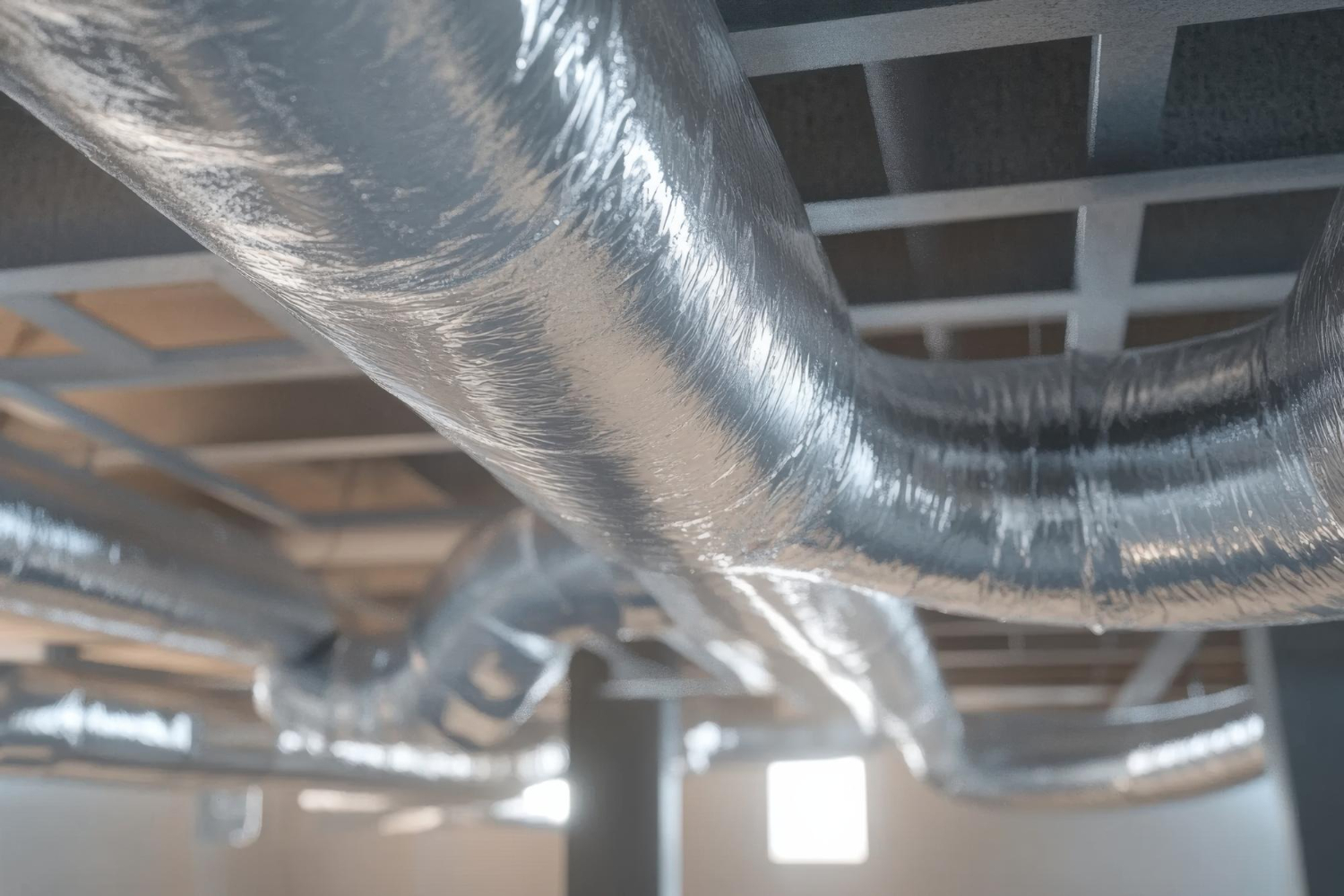
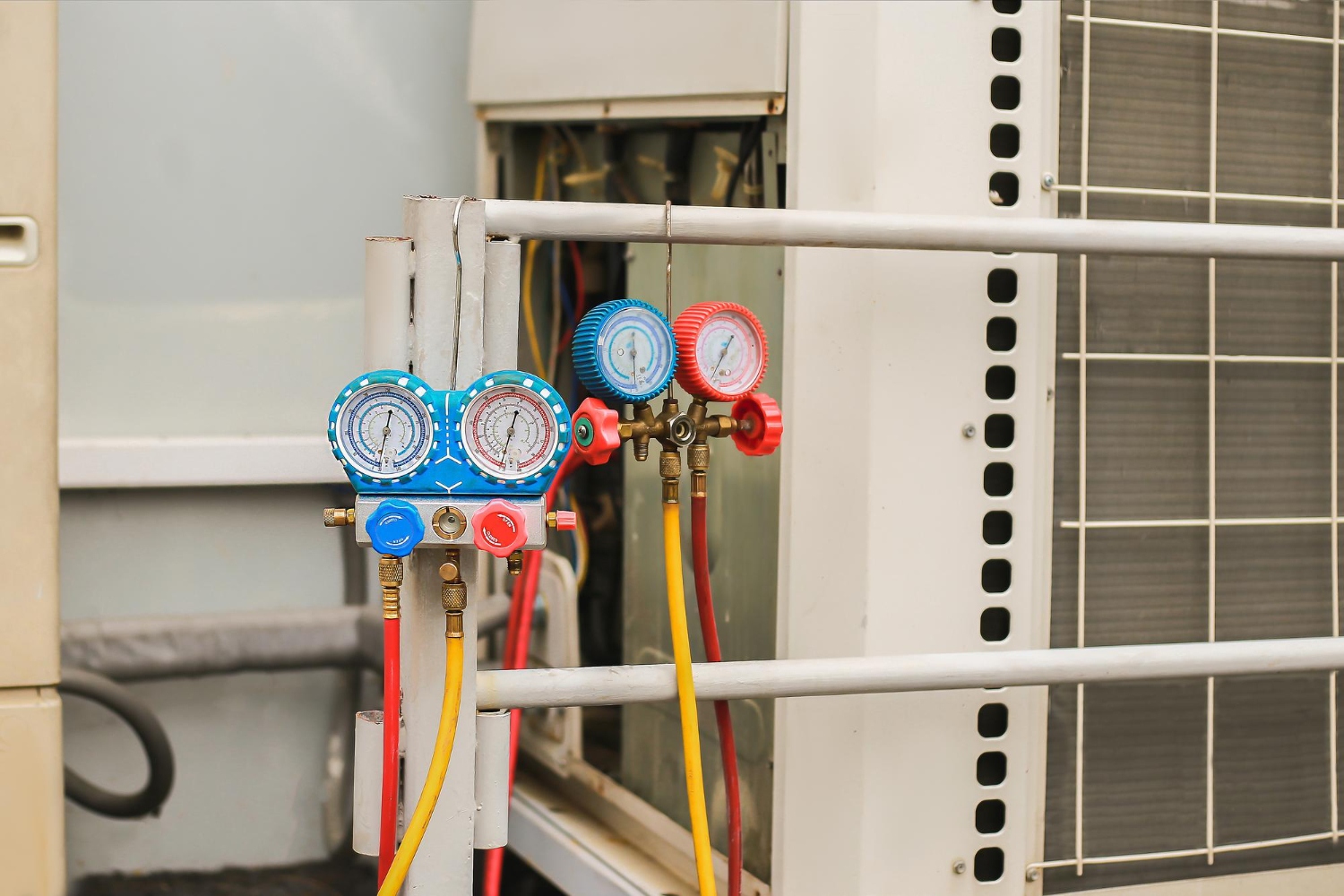
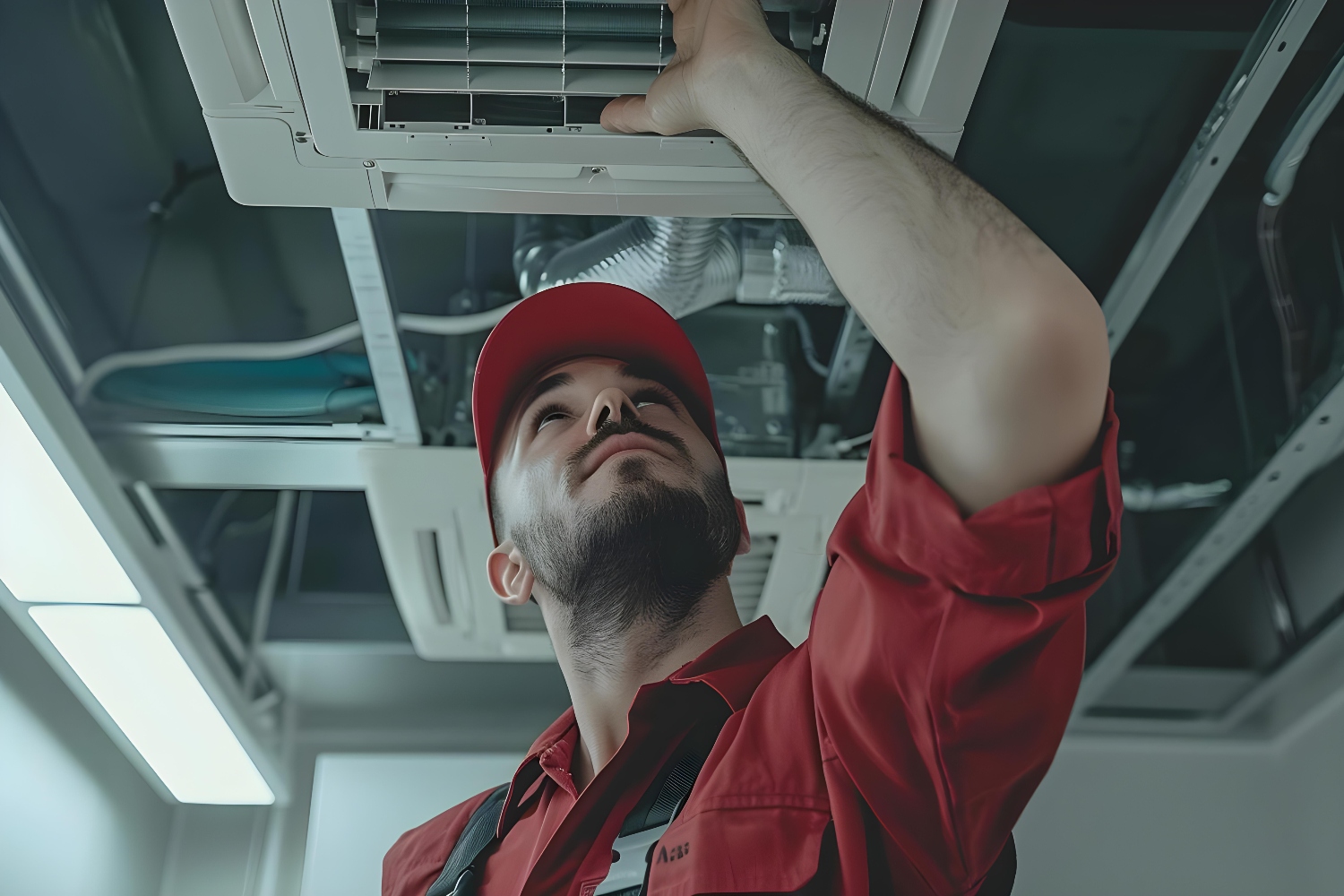
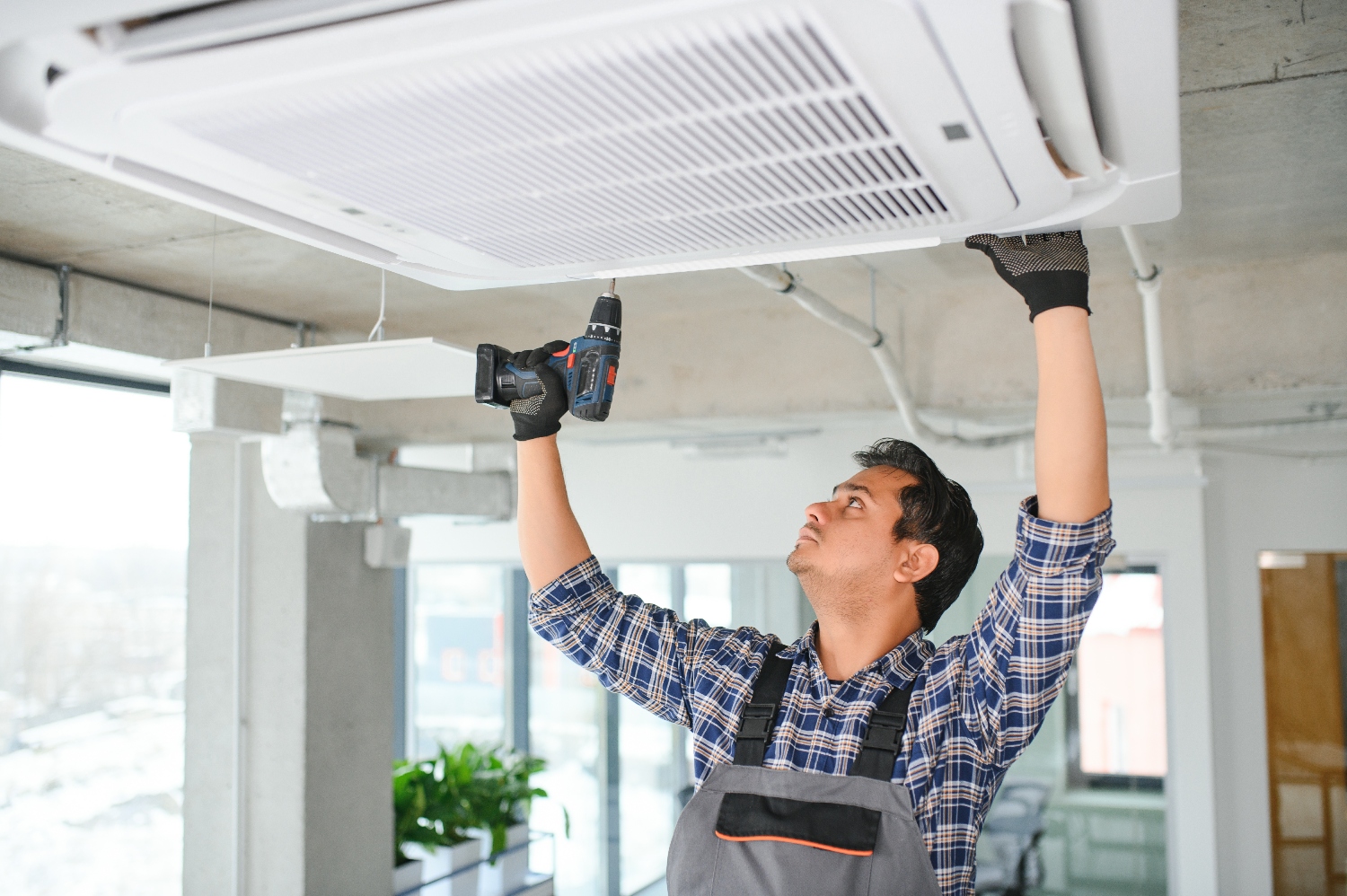
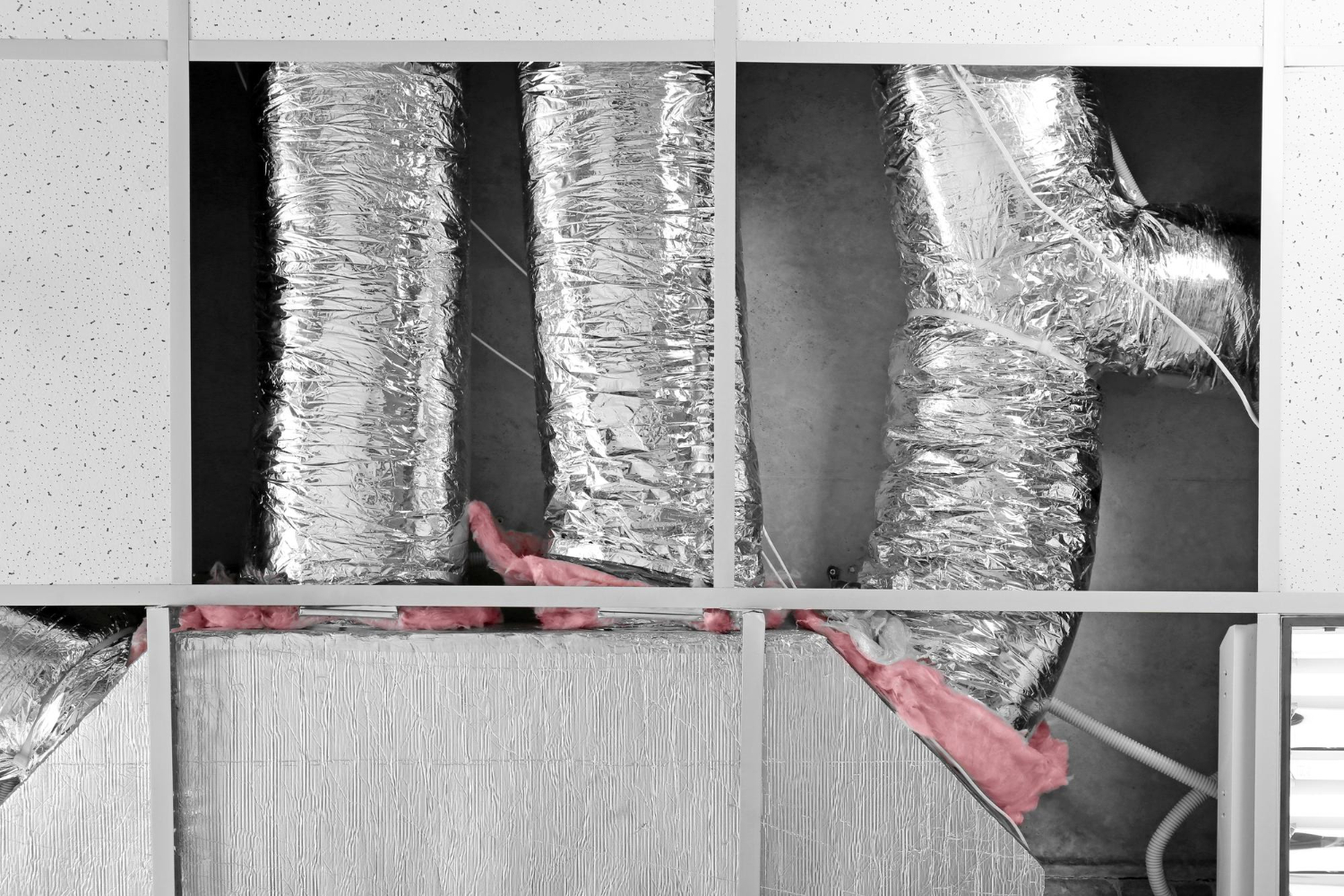




























































.jpg)
.jpg)

.jpg)
.jpg)




















